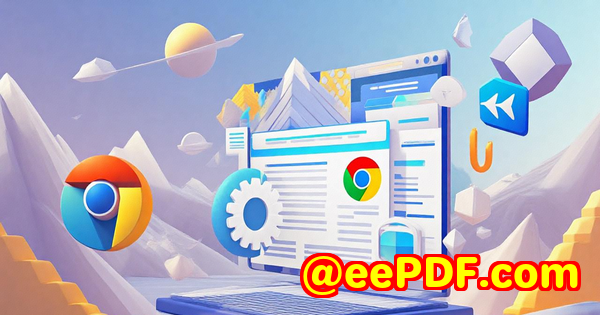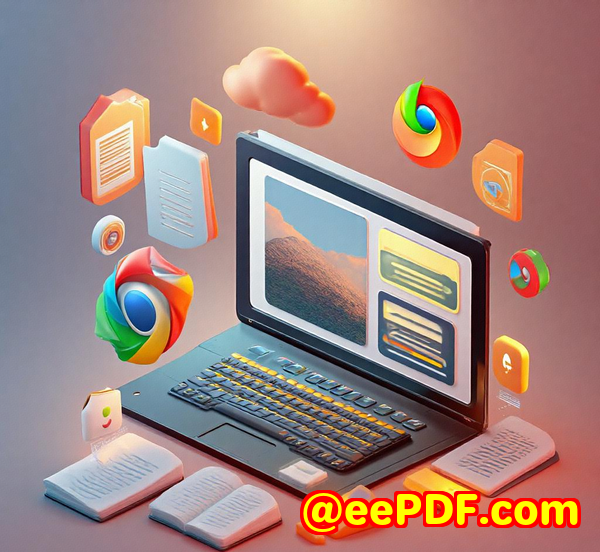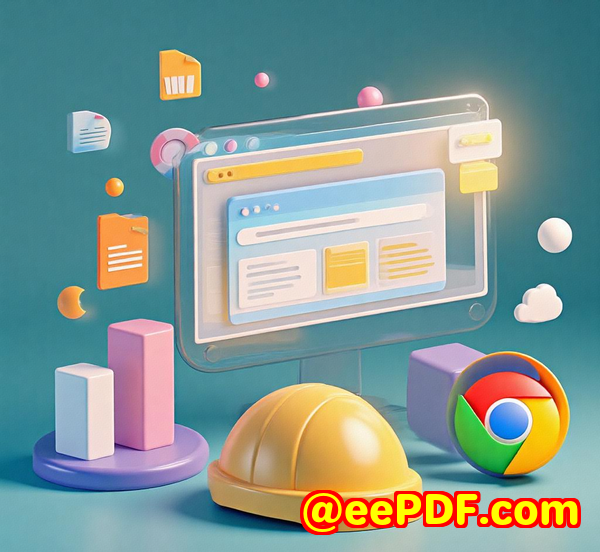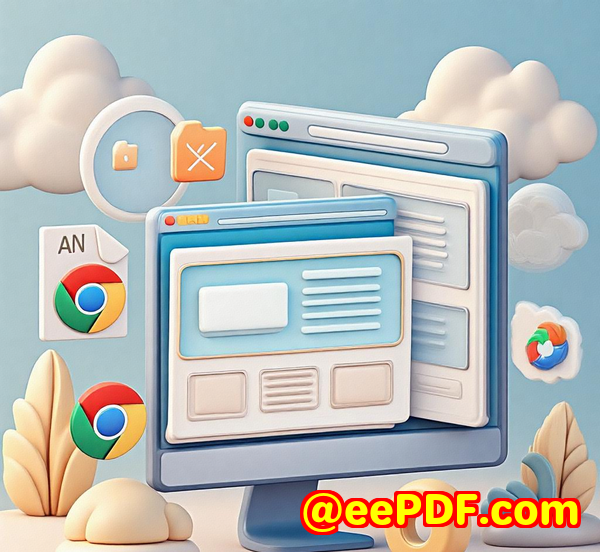How to Handle Image-Based Barcode Decoding with JavaScript Barcode Scanner SDK
How to Handle Image-Based Barcode Decoding with JavaScript Barcode Scanner SDK
Meta Description:
Turn your web or mobile camera into a barcode reader in secondsno app installs, just JavaScript and real results.
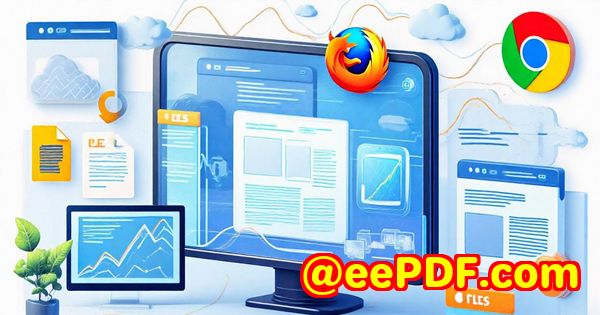
Every warehouse run felt like a race against time.
Boxes stacked sky-high, shipping labels barely readable, and the scanner hardware? Always needing a reboot.
I knew we needed something bettersomething that didn't involve wrestling with USB cables or locked-down Windows scanners. That's when I stumbled across the VeryUtils JavaScript Barcode Scanner SDK, and honestly, I didn't expect much. But it changed everything.
Let's break this down like we're talking in the break room after a long shift. No fluff, just what actually worked.
The Problem with Barcode Scanning Today
If you've ever tried decoding barcodes in-browser from images, you know it's hit or miss.
Most online tools are:
-
Slow laggy performance, especially on mobile.
-
Inflexible won't decode from photos, just live camera.
-
Limited some don't support 2D formats or have serious accuracy issues.
-
Offline-hostile no internet? You're done.
And let's be honest: no one wants to install yet another app just to scan a QR code.
The Game Changer: JavaScript Barcode Scanner SDK
I was building an internal web app for our logistics team. We needed it to:
-
Decode barcodes from uploaded images (not just live camera).
-
Handle multiple barcode formats, including DataMatrix and QR.
-
Work inside the browser, no installations, no dependencies.
VeryUtils' SDK delivered all of that. In pure JavaScript. No extra plugins. Just load the library, set your license key, and boomyour web page is now a full-on barcode reader.
Who This Is Actually For
This isn't just for devs in logistics.
If you're building inventory tools, warehouse apps, ticket validation systems, POS software, or anything that involves scanned labelsthis is your playground.
Even e-commerce sites that want to let users verify package codes, or clinics verifying patient tagsthis SDK fits right in.
Key Features I Actually Used (and Loved)
1. Scan from Image or VideoReal Flexibility
The SDK doesn't force you into one mode. You can:
-
Decode barcodes from an uploaded or existing image on the page.
-
Use live video stream for real-time scanning.
-
Work with base64 or raw image data.
This meant we could let users upload a photo of a labellike damaged boxes that the webcam couldn't focus onand still decode successfully.
2. Ridiculous Speed + Accuracy
Not jokingthis thing pulled 20 barcodes a second from video. I tested it in a cluttered shelf area with dim lighting, and it still worked.
It didn't even blink at torn labels, warped DataMatrix codes, or glare from plastic wrap.
And I'm not just talking QR codes. It nailed Code 128, PDF417, EAN-13, and even GS1 DataBar.
3. No Setup. Zero Downloads.
This was huge. Our users just opened a browser. That's it.
The SDK uses WebAssembly under the hood, which means enterprise-grade performance without requiring installs.
It worked on:
-
Chrome (desktop + mobile)
-
Safari on iOS
-
Firefox and Edge
-
Even inside a React SPA
We didn't have to debug anything device-specific.
4. Works Offline (Yes, Seriously)
This SDK supports Progressive Web Apps (PWA). That's gold.
We had warehouse staff with spotty Wi-Fino problem. The scanner still worked offline. We just cached the JS files, and it continued scanning like nothing changed.
Here's Exactly How I Set It Up
Step 1: Drop in the script:
Step 2: Add your license key:
Step 3: Use their reader:
That's it. You now have barcode decoding on your webpage.
What This Did for Our Workflow
-
We reduced manual barcode retyping by over 80%.
-
Staff now scan damaged labels from photos using just their phone browser.
-
Barcode validation from customer-submitted images went from 2 minutes to under 5 seconds.
And we didn't buy a single handheld scanner.
What Sets This Apart from Other Tools
Let's talk comparisons.
Other barcode JS libraries:
-
Require external dependencies like ZXing or Quagga, which are clunky and outdated.
-
Can't scan from image files.
-
Lack accuracy or stall on mobile.
VeryUtils SDK:
-
Unified libraryone file, all features.
-
PWA support, so it works offline.
-
Includes camera-enhancing logic and OCR for embedded text.
And their barcode symbology coverage? It's insane. Supports over 30+ formats including:
-
1D: Code 39, Code 128, UPC, EAN, ITF, GS1...
-
2D: QR Code, DataMatrix, PDF417, Aztec...
-
Postal: USPS, Australia Post, RM4SCC
When This SDK Shines the Brightest
Let me give you three killer use cases:
1. Warehouse Inventory Apps
Workers just snap a pic of a damaged or blurry label. SDK reads it instantlyno clunky hardware required.
2. Mobile-First Ticket Scanning
Build a web app for event check-ins. Just use the phone camera to scan printed or digital QR ticketsno need for separate apps.
3. eCommerce Product Lookup
Customers scan barcodes directly from your product packaging to get info or verify authenticityright inside your website.
So What's the Verdict?
If you deal with barcode-heavy workflows, stop wrestling with outdated scanner hardware.
The VeryUtils JavaScript Barcode Scanner SDK gave me more flexibility, better speed, and smoother integration than anything else I've tried.
And it just works. Across browsers. Across devices. Online or offline.
I'd recommend this to anyone building apps with scanning needs. Whether you're managing inventory, verifying tickets, or building customer barcode lookup toolsthis tool earns its spot in your tech stack.
Try it here: https://veryutils.com/javascript-barcode-scanner-sdk
Custom Development Services by VeryUtils
Need something tailor-made?
VeryUtils offers fully custom development services for web and desktop platforms. Whether you're integrating barcode scanning into an ERP system, building a virtual printer driver, or handling server-side PDF parsing on Linuxthese folks can handle it.
They work with:
-
C/C++, Python, JavaScript, .NET, Windows API
-
PDF, PCL, Postscript, TIFF, Office document workflows
-
OCR, layout analysis, form generation, barcode tech
-
Cloud and local deployment options
-
Advanced DRM, font, and security tools
Want your scanner to auto-verify against a backend? Need OCR added to scanned PDFs? They've done it.
Hit them up here: http://support.verypdf.com/
FAQs
Q: Can this SDK scan from a static image file?
Yes, absolutely. It can scan from uploaded images, image URLs, and base64 images.
Q: What barcode formats are supported?
Over 30 formats including Code 128, QR Code, DataMatrix, PDF417, GS1 DataBar, and even postal codes like USPS IMB.
Q: Does it work offline?
Yes! With PWA support, it works even without an internet connection.
Q: Is it mobile-friendly?
100%. I've used it on iPhone Safari, Android Chrome, and even tablets. No issues.
Q: Can I customise the scanning UI?
Yes. You can build your own frontend UI and just call the SDK behind the scenes.
Tags or Keywords
JavaScript barcode scanner, scan barcode from image, QR code scanner for web apps, barcode decoding SDK, in-browser barcode reader, scan 1D barcode from webcam, JavaScript QR code reader, barcode scanner without app, VeryUtils JavaScript SDK, mobile barcode scanner JavaScript.
